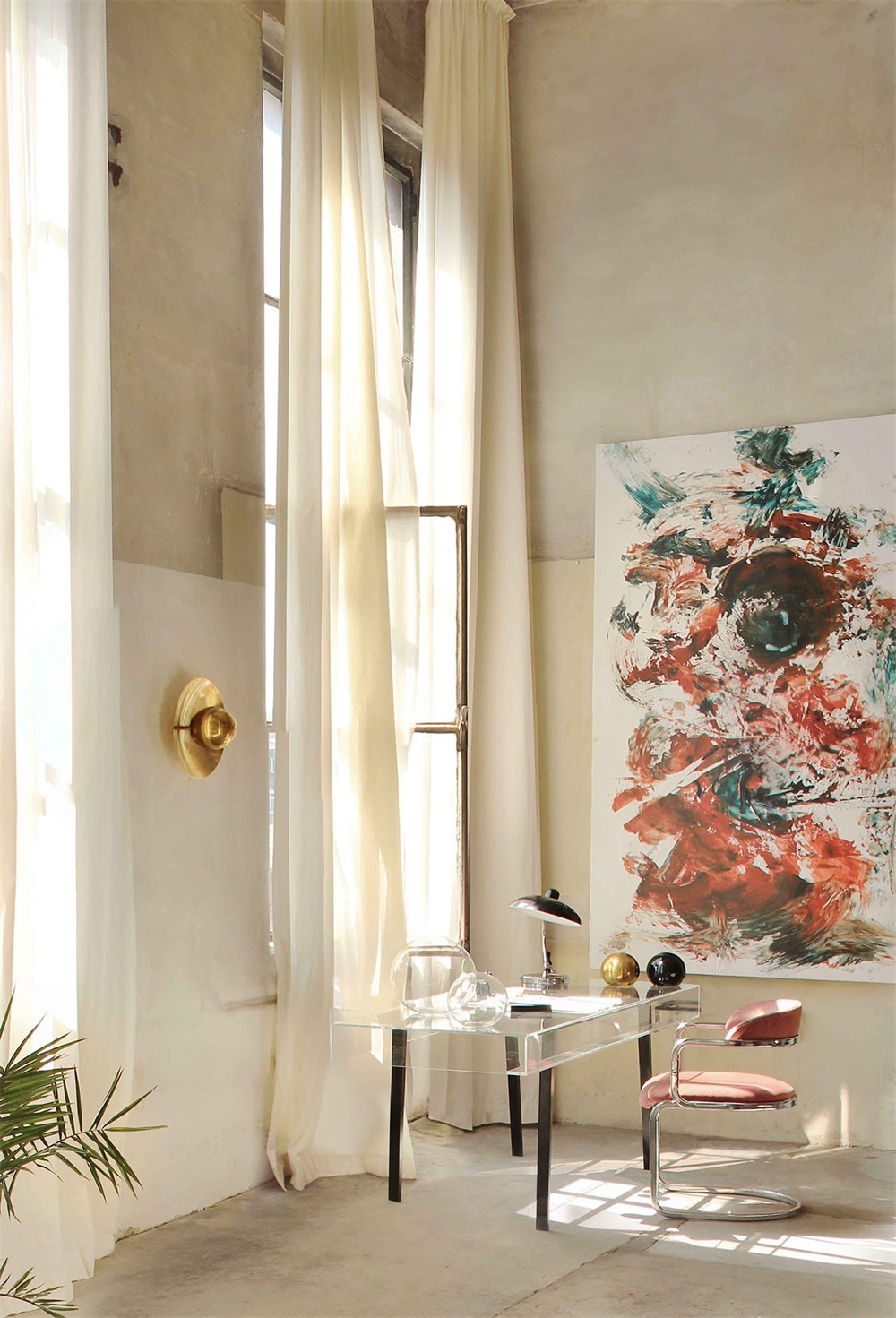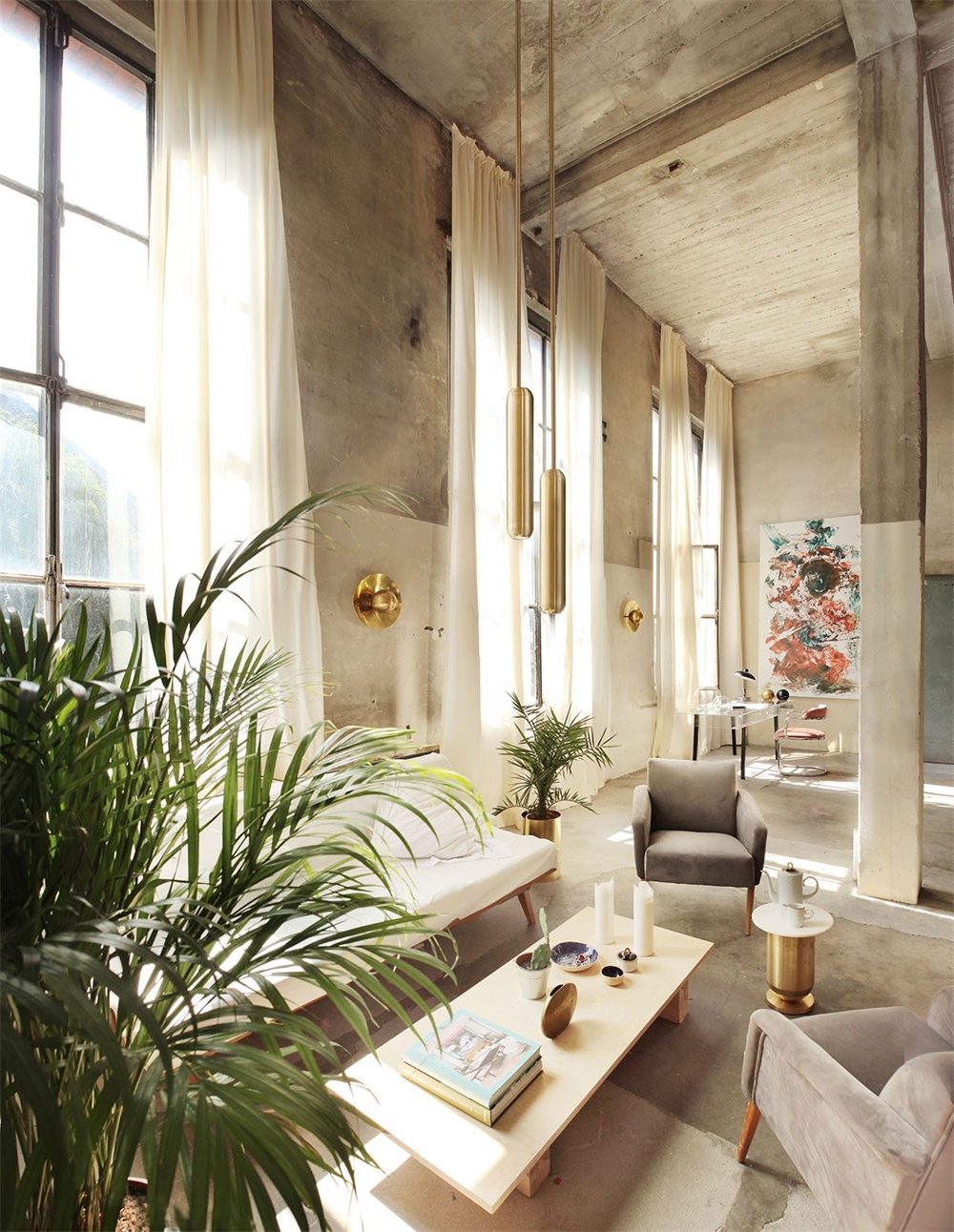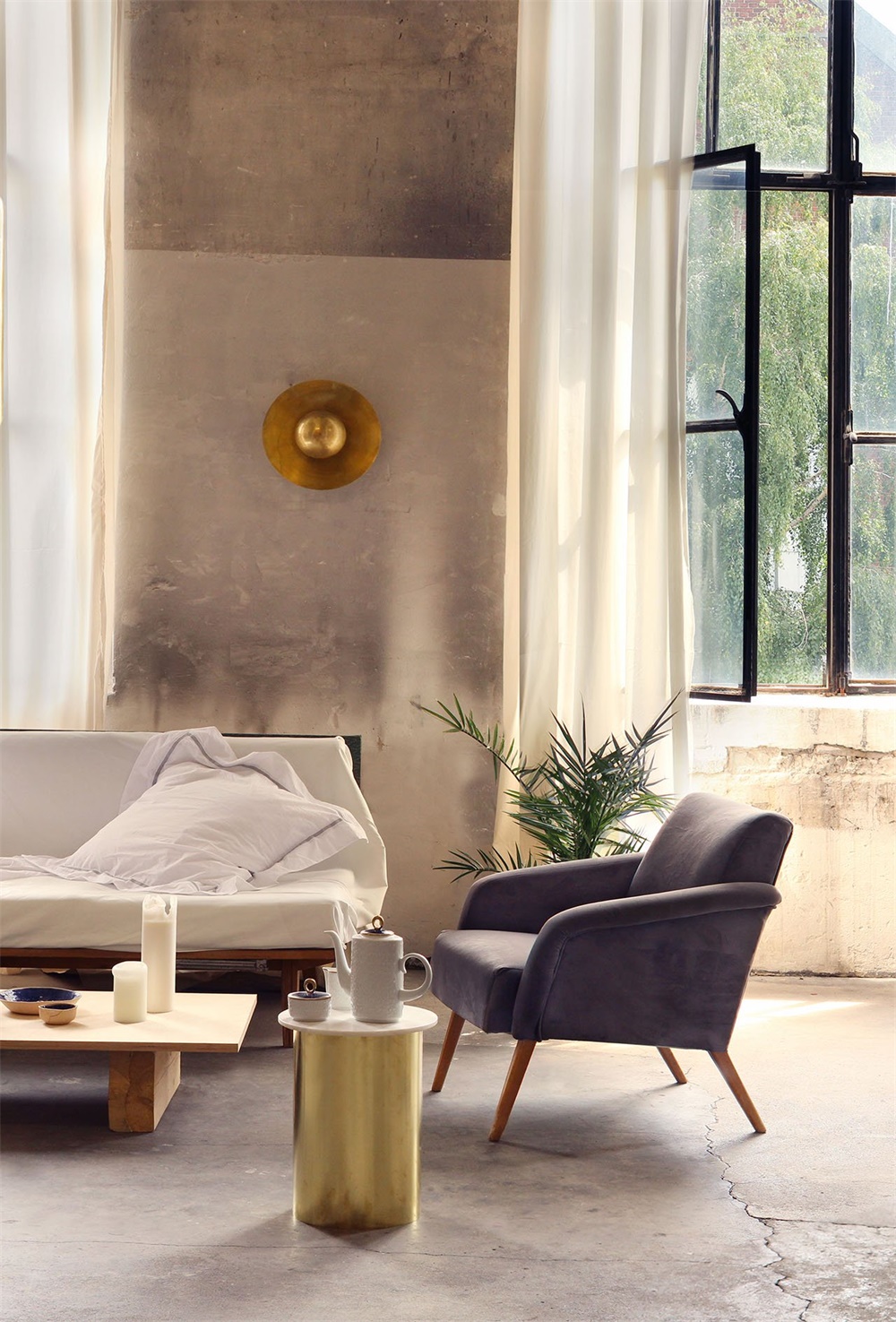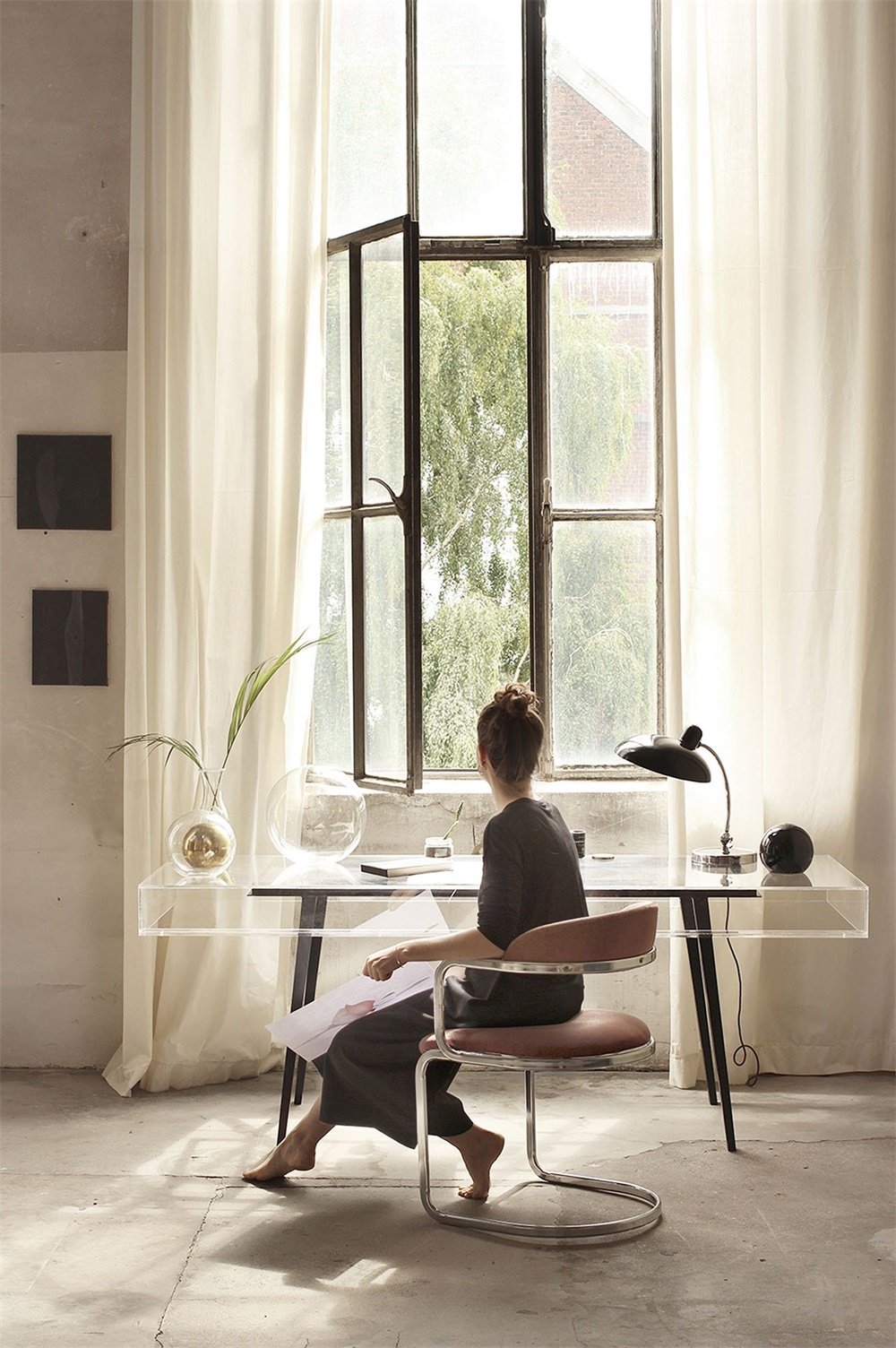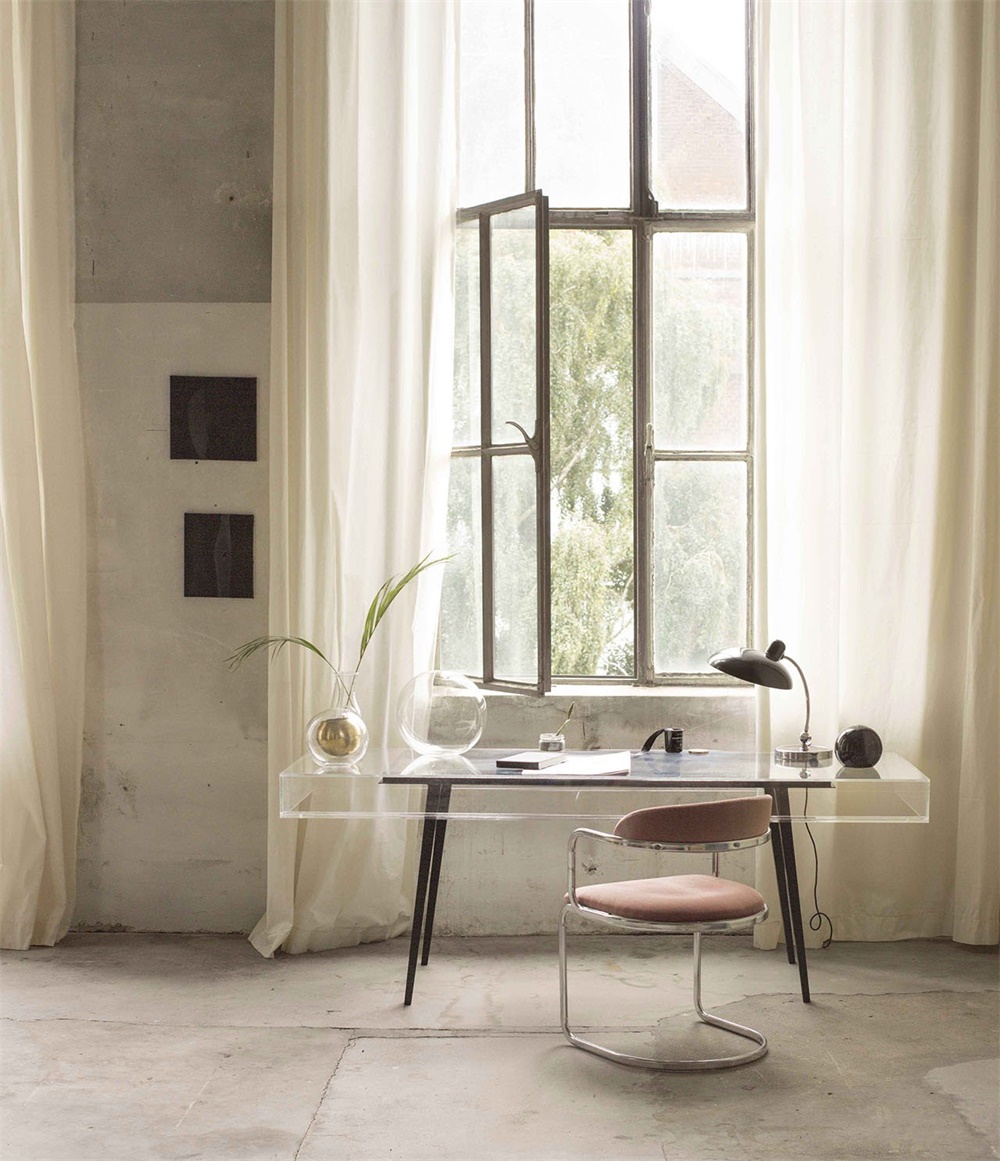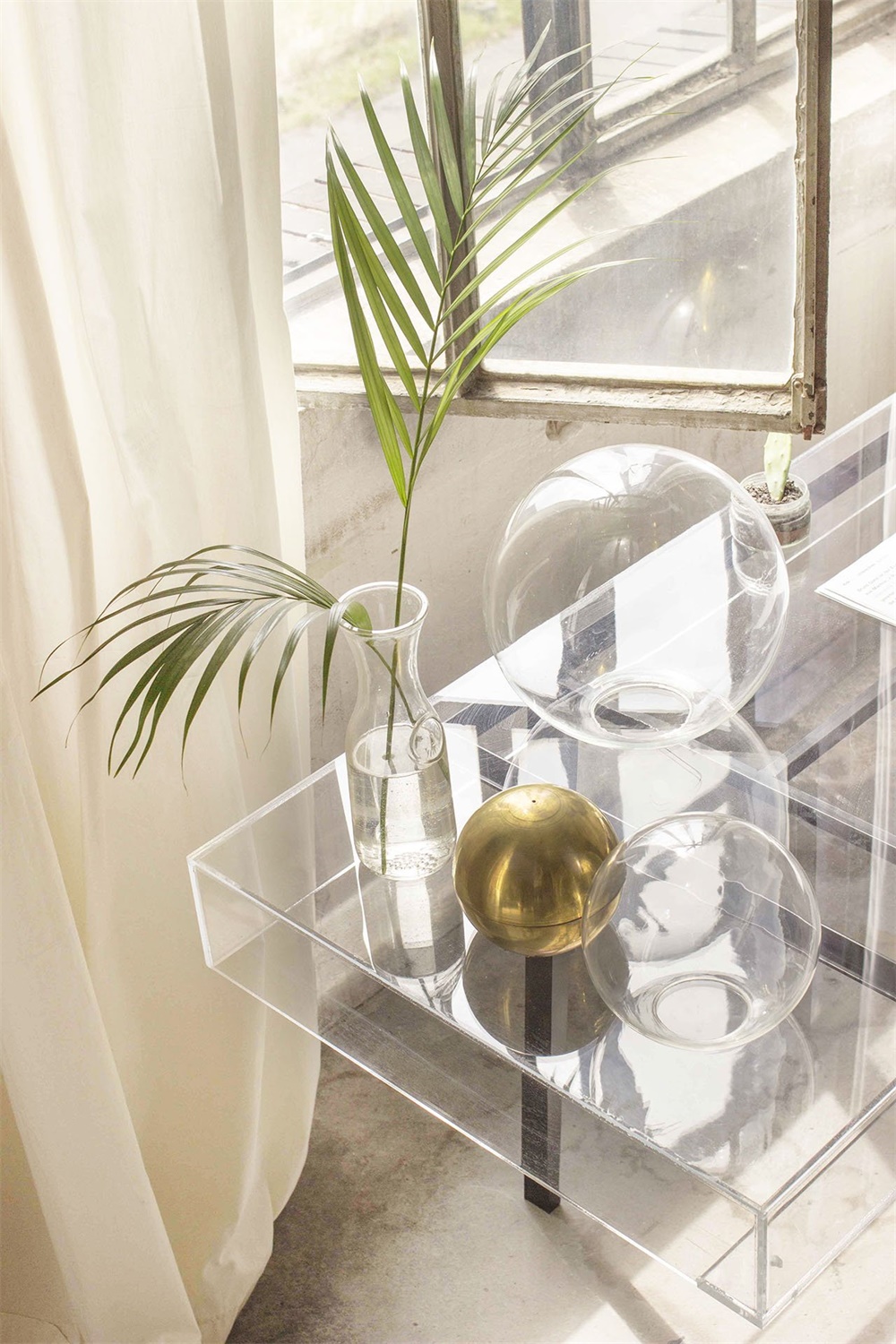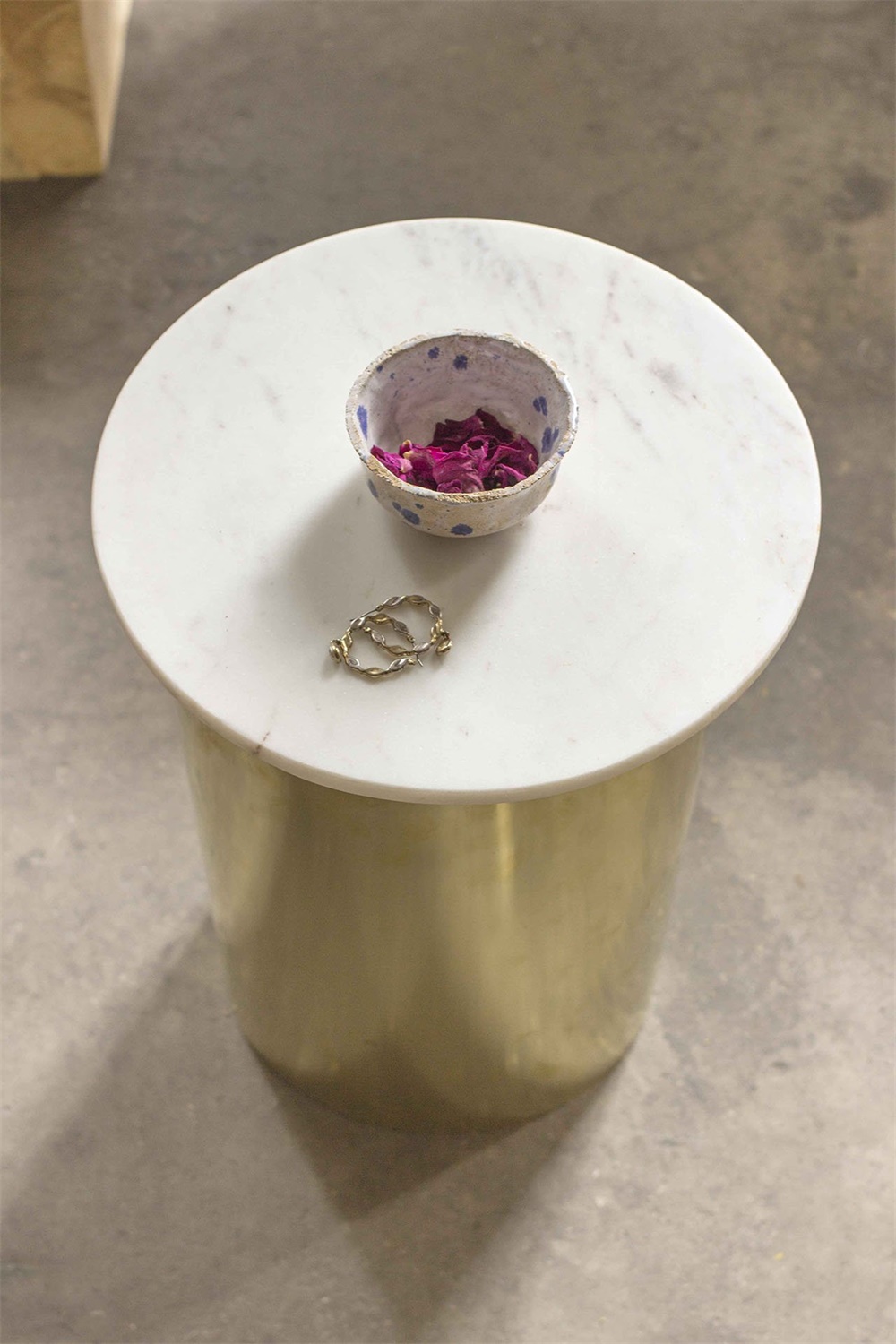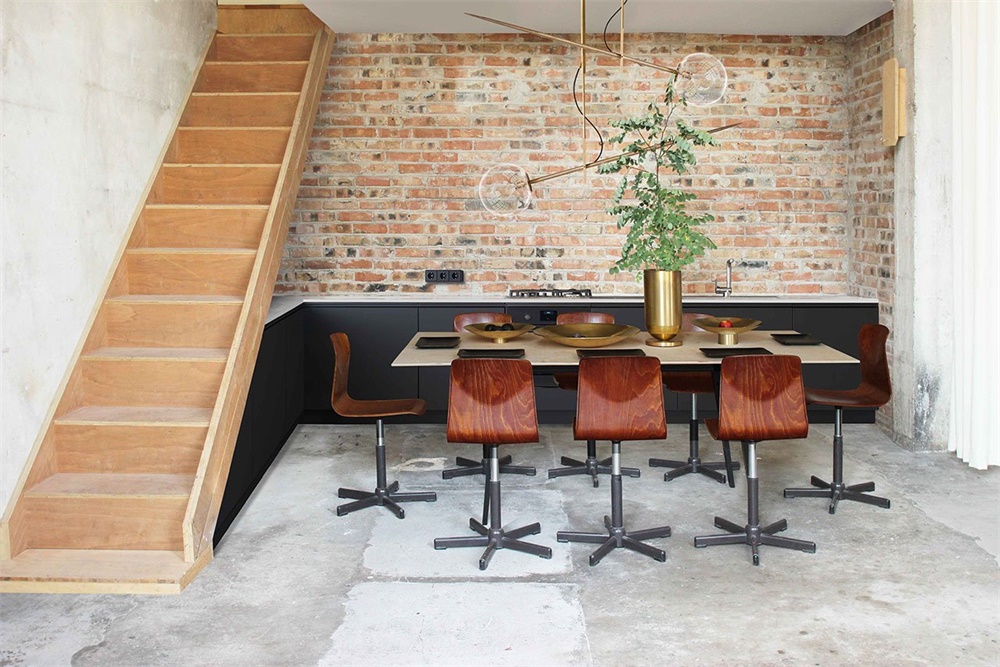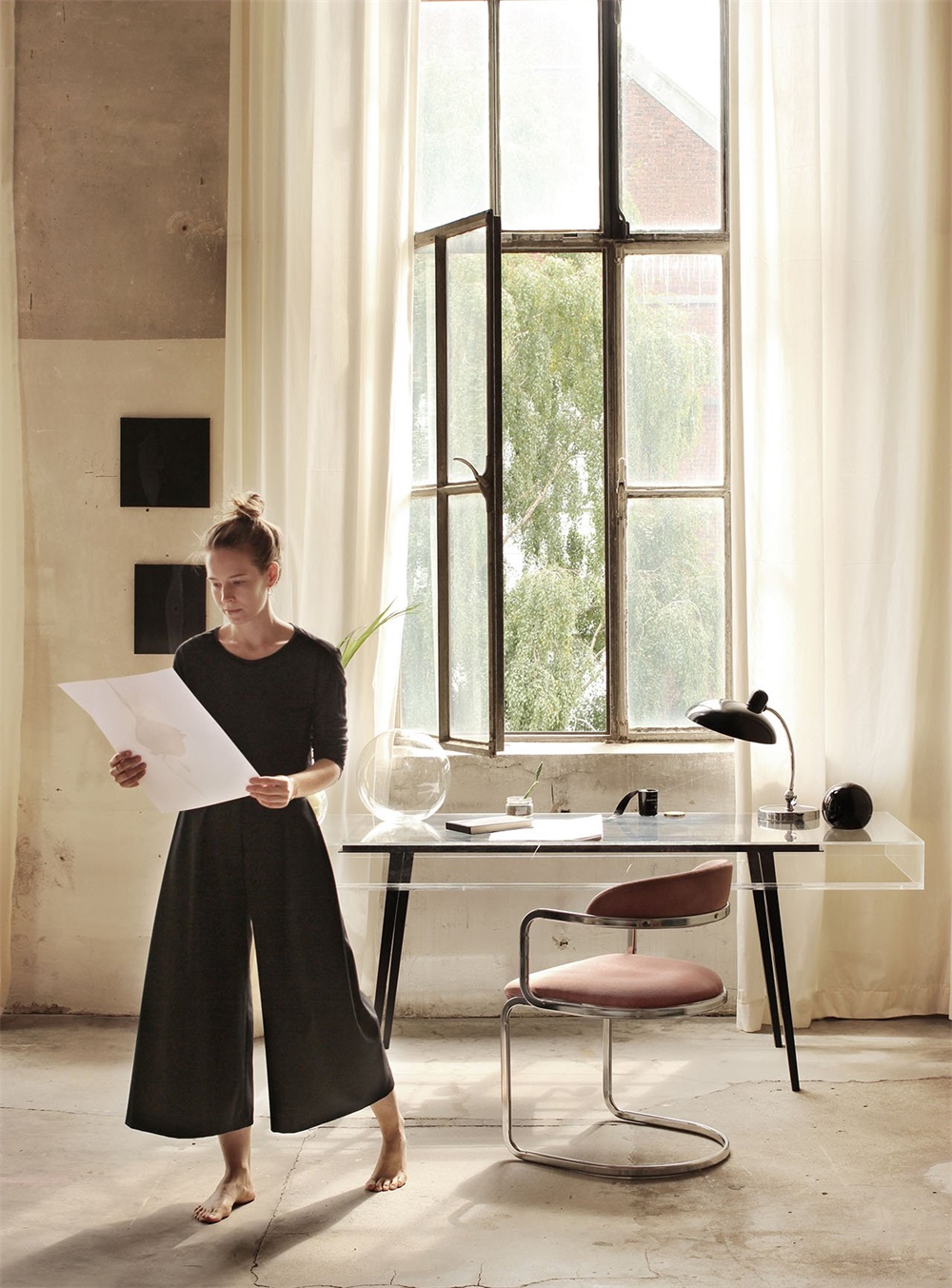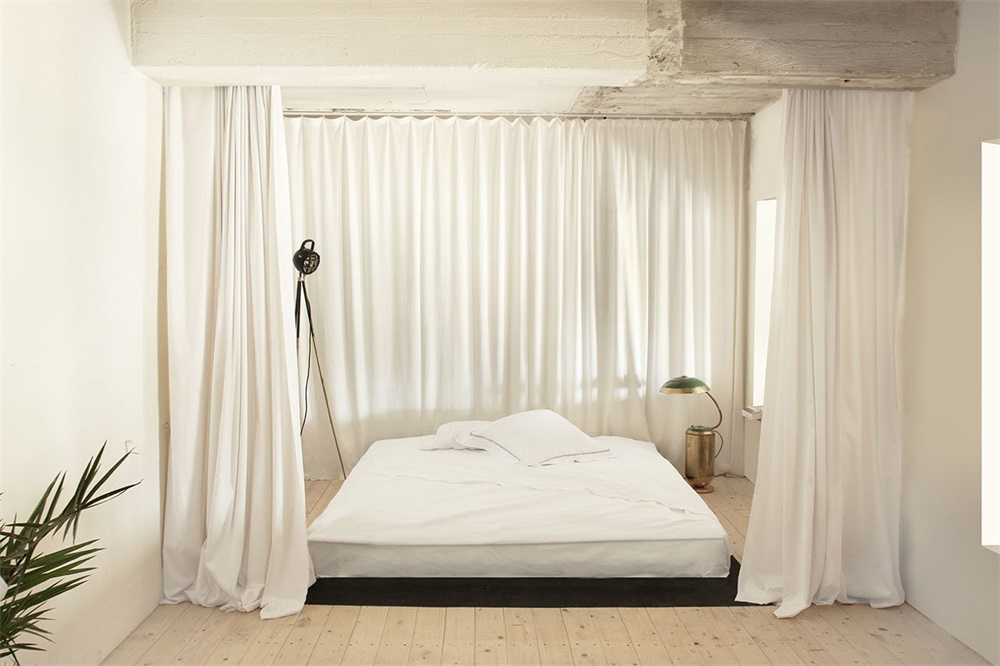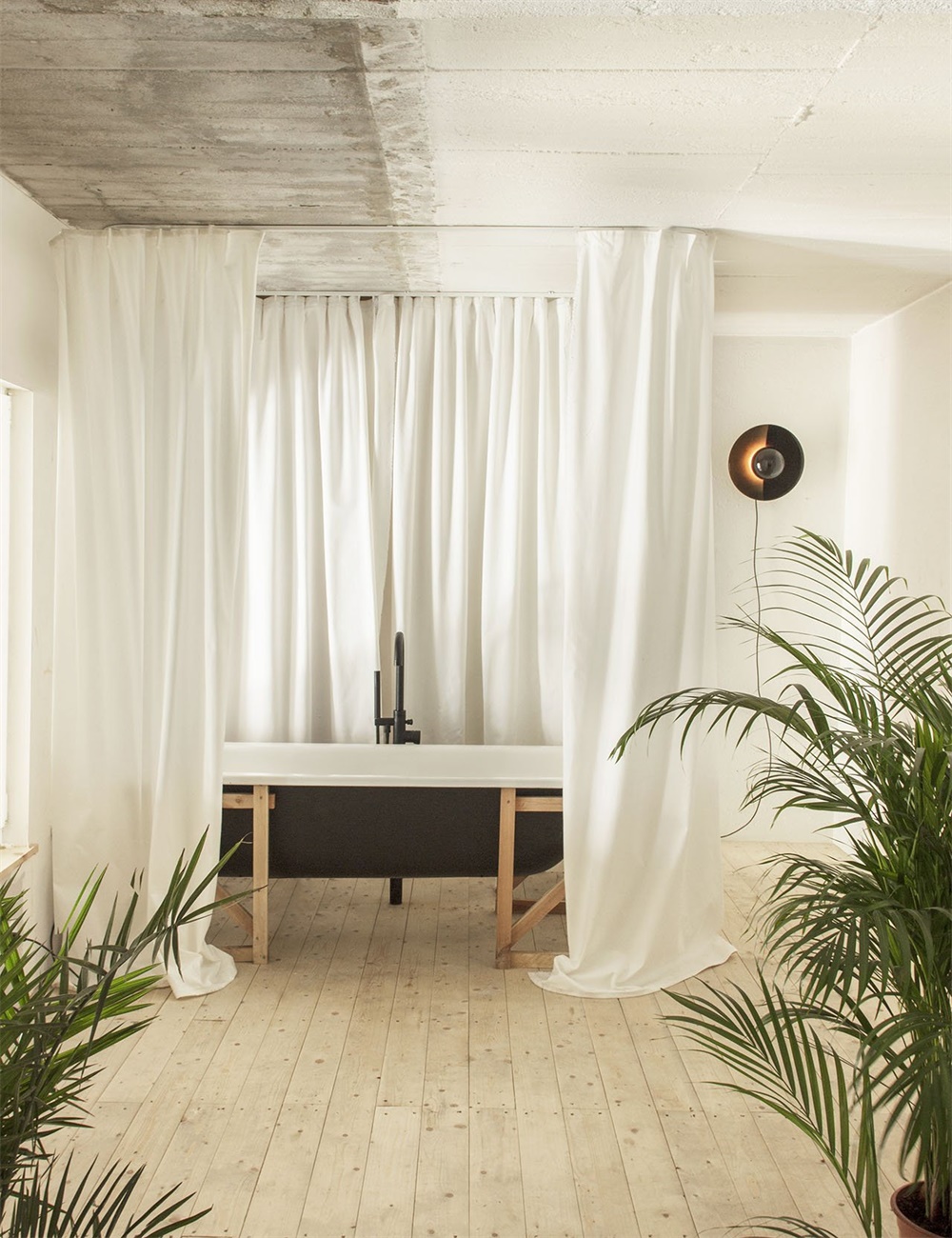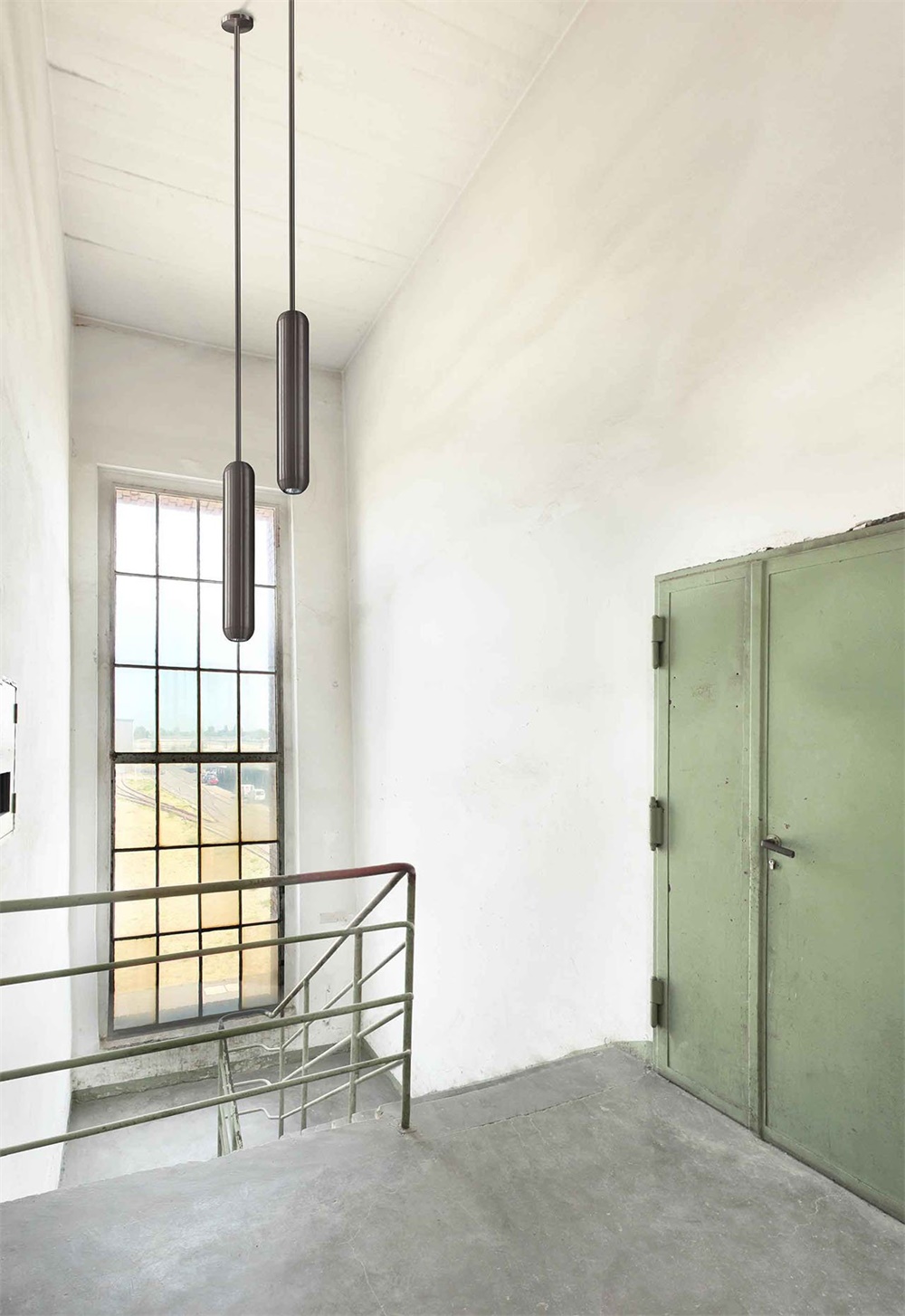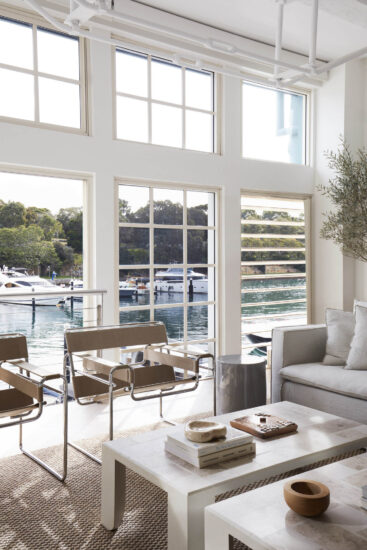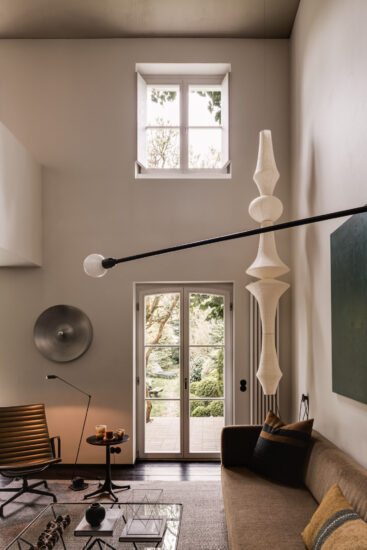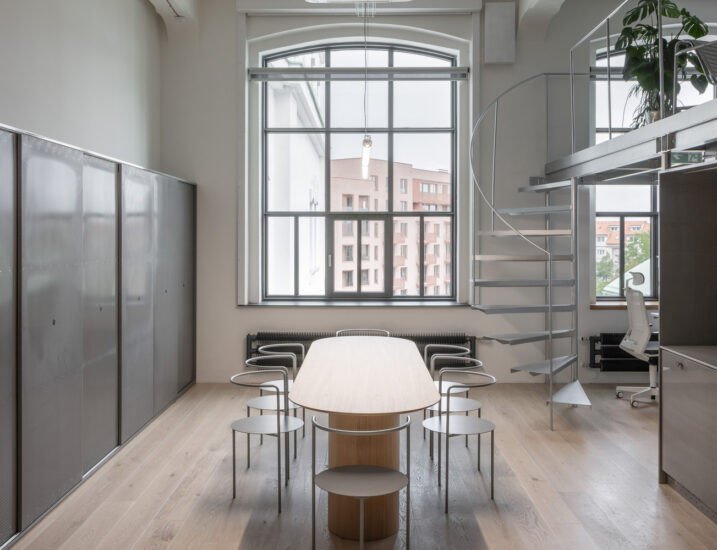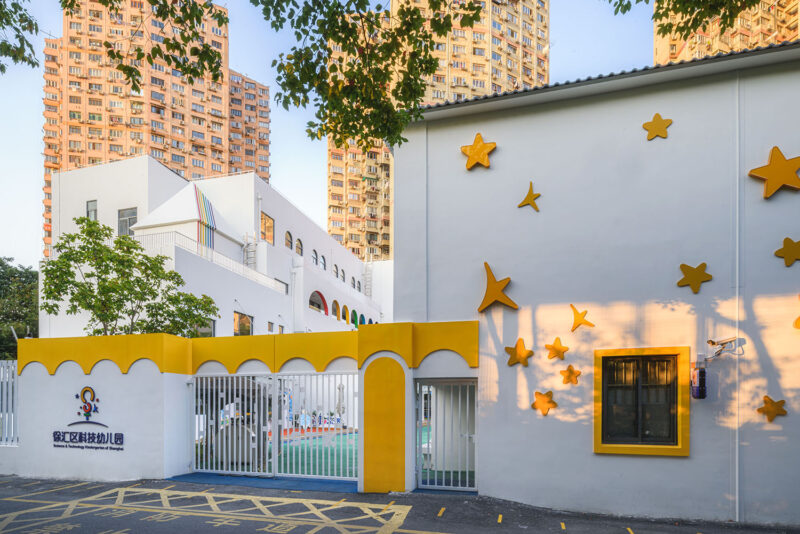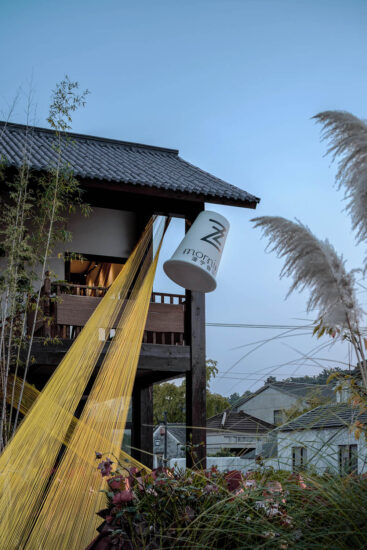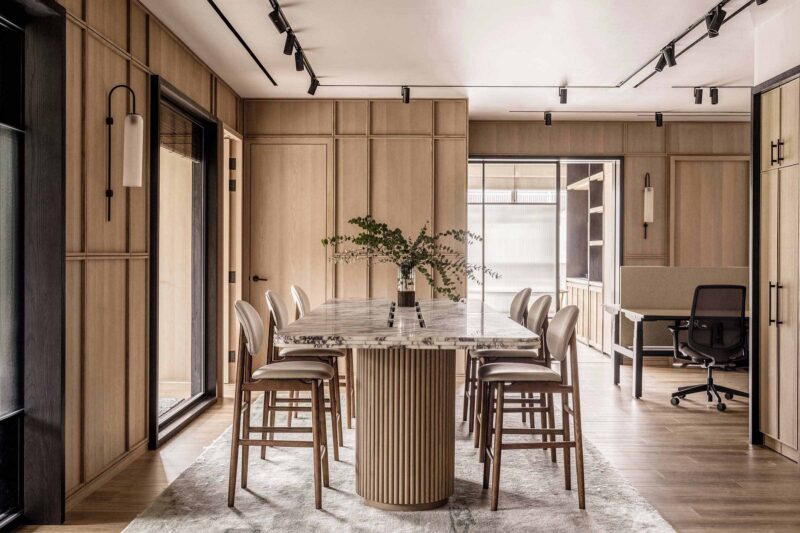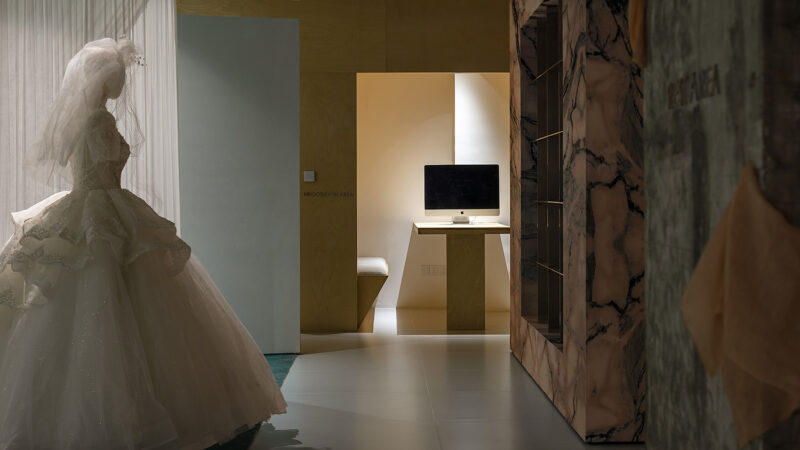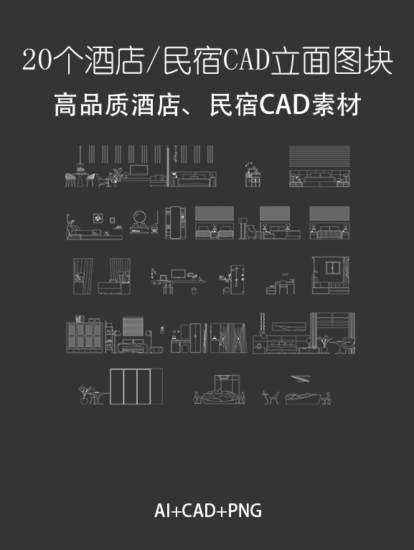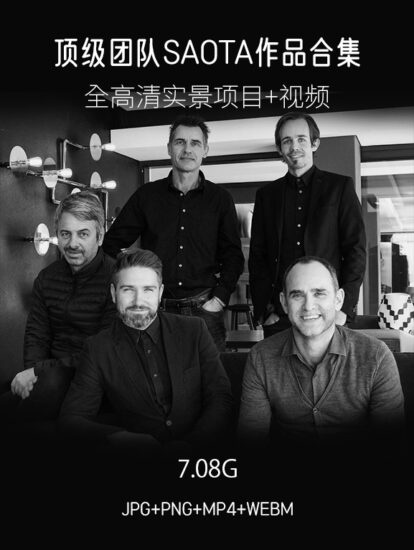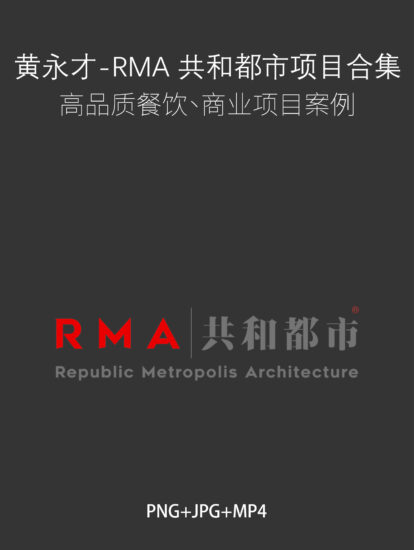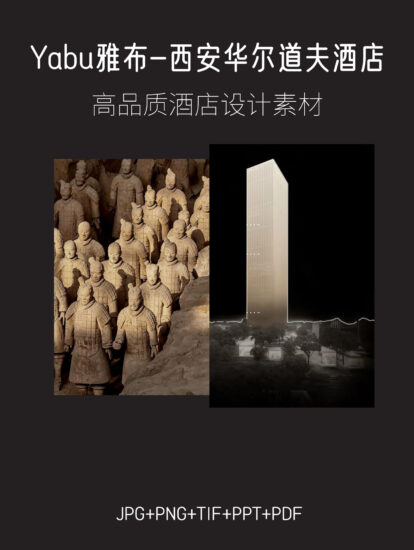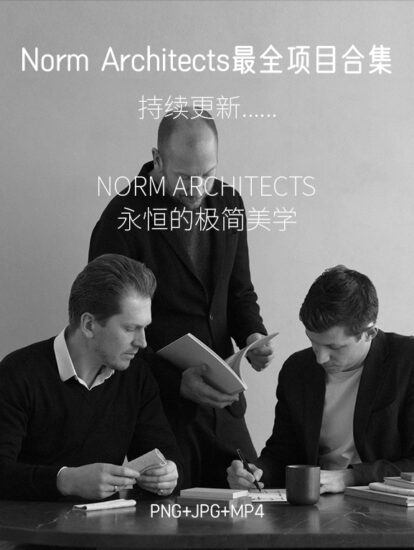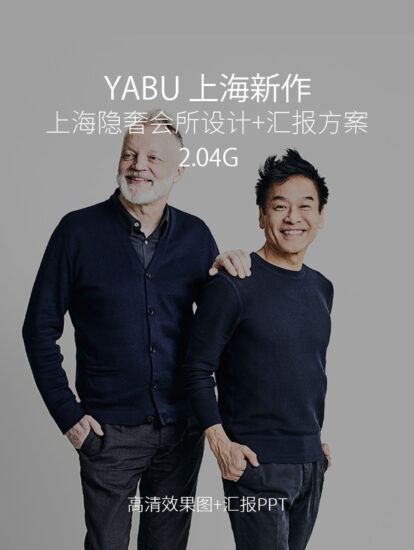對於藝術家和設計師來說,他們的工作室是他們實踐中不可或缺的一部分;一個培養他們創造力的地方,也是一個專注和反思的好地方。從位置到建築,再到鄰居,每一件事都能帶來改變。在這方麵,室內建築師和藝術家Ewelina Makosa以及家具和照明設計師Jan Garncarek為他們的工作室選擇了一個最好的地方,這個地方位於德國柏林北部樹葉繁茂的Reinickendorf區。
For artists and designers, their studio is an integral part of their practice; a place to nurture their creativity but also a haven for concentration and reflection. Everything from location to architecture to neighbours can make a difference. In this respect, interior architect and artist Ewelina Makosa and furniture and lighting designer Jan Garncarek couldn’t have picked a better place for their studio than this former warehouse in Reinickendorf, a leafy borough in the north of Berlin, Germany.
擁有充足的日光,五米高的天花板和寧靜的環境,更不用說精心挑選的創意鄰居了,其中包括西班牙畫家,愛爾蘭木匠和一群日本表演舞蹈演員,這對波蘭夫婦接管的房產不僅是一個鼓舞人心的工作室,也是一個可以稱之為家的好地方。
Blessed with ample daylight, five-metre tall ceilings, and peaceful surroundings, not to mention a handpicked group of creative neighbours, including a Spanish painter, an Irish carpenter and a troupe of Japanese performance dancers, the property that the Polish couple took over not only made for an inspiring studio but also turned out to be a great place to call home.
“與柏林市中心相比,這裏的生活步伐要慢得多”。 “缺乏時髦的咖啡館和餐館,為真正的沉思和專注提供了理想的條件。此外,當地的湖泊是夏季的絕佳去處。”
“Life moves at a much slower pace here, compared to Berlin’s city centre” Ewelina explains. “The lack of trendy cafes and restaurants provides ideal conditions for genuine contemplation and focus. In addition, the local lake is a great summer destination.”
很可能在二戰期間被用作飛機零件的倉庫,這個曾經的工業設施裏滿是人類勞動的痕跡,Ewelina巧妙地將這些痕跡融入了她極簡主義的室內設計。
Most likely used as a storehouse for airplane parts during World War II, the former industrial facility was rife with imprints of human labour which Ewelina subtly incorporated into her minimalist interior design.
建築物的部分漆成白色,其裸露的混凝土結構為工作室注入了一種舒緩的樸素感,通過巨大的閣樓窗戶,用不斷變化的自然光裝飾了整個空間。房間裏擺放著Jan的各種設計作品,包括玻璃桌麵的原型桌、黃銅和大理石的咖啡桌;以及年代久遠的家具,比如20世紀50年代捷克斯洛伐克生產的沙發。Jan的吊墜,桌子和壁燈為工作室的工業刻板增添了富麗和精致的味道,主要由黃銅製成,采用戰前的裝飾藝術美學。
Partially painted white, the building’s exposed concrete structure imbues the studio with a soothing austerity, enhanced by the large loft windows that swathe the space with an ever-changing peplum of natural light. The space is sparsely furnished with a selection of Jan’s designs – including prototypes like the glass-top desk and a brass and marble coffee table – as well as vintage pieces such as a sofa mass produced in Czechoslovakia in the 1950’s.
Predominantly made of brass and channelling a pre-war, Art Deco aesthetic, Jan’s pendant, desk and wall lamps add accents of opulence and refinement into the studio’s otherwise industrial starkness, while their hand-crafted quality echoes the human labour that once filled the premises.
在夾層,硬木地板和白色窗簾軟化了裸露的混凝土表麵的僵硬感,而獨立的浴缸則被巧妙地懸掛在木材支撐上,進一步激發了整個項目的手工製作與批量生產之間的對話——對於一個容納藝術家和設計師實踐的工作室來說,這是合適的。
On the mezzanine level, hardwood flooring and white curtains soften the starkness of the exposed concrete surfaces while a free-standing bathtub, cheekily suspended on timber supports, further stokes the dialogue between the hand-crafted and mass produced that runs through the project – a fitting discourse for a studio housing the practices of both an artist and a designer.
主要項目信息
項目名稱:BERLIN ARTIST STUDIO
項目位置:德國柏林
項目類型:建築改造/工作室
設計公司:Jan Garncarek & Ewelina Makosa
攝影:Jan Garncarek & Ewelina Makosa


